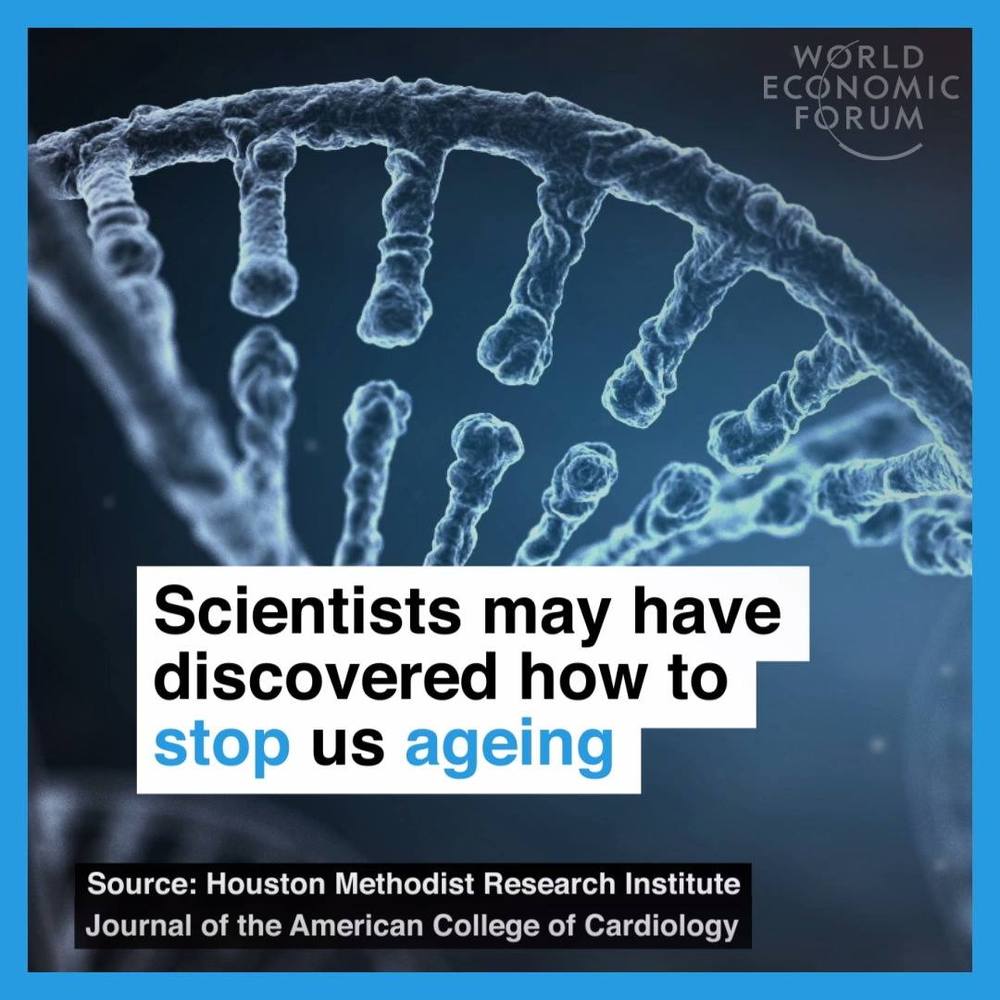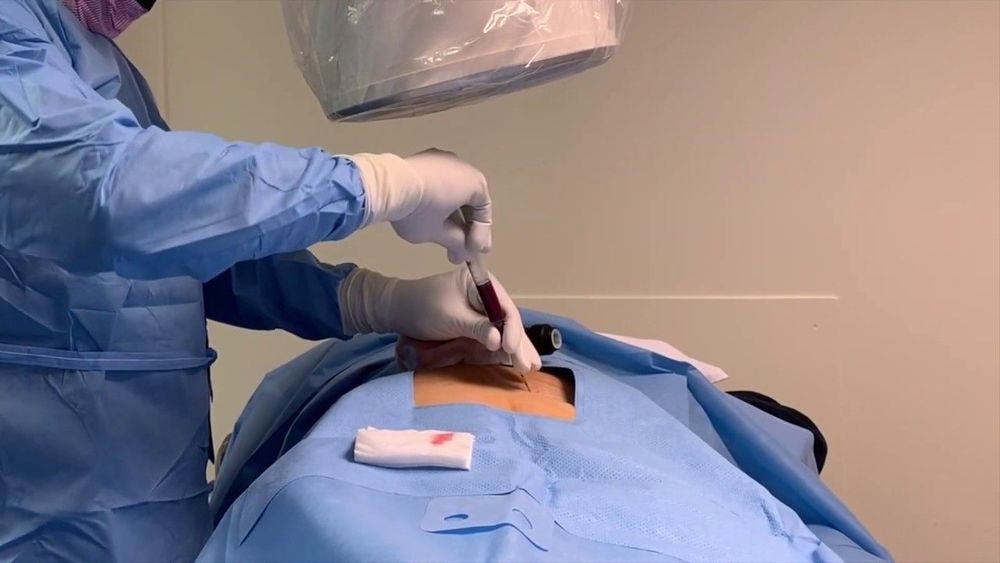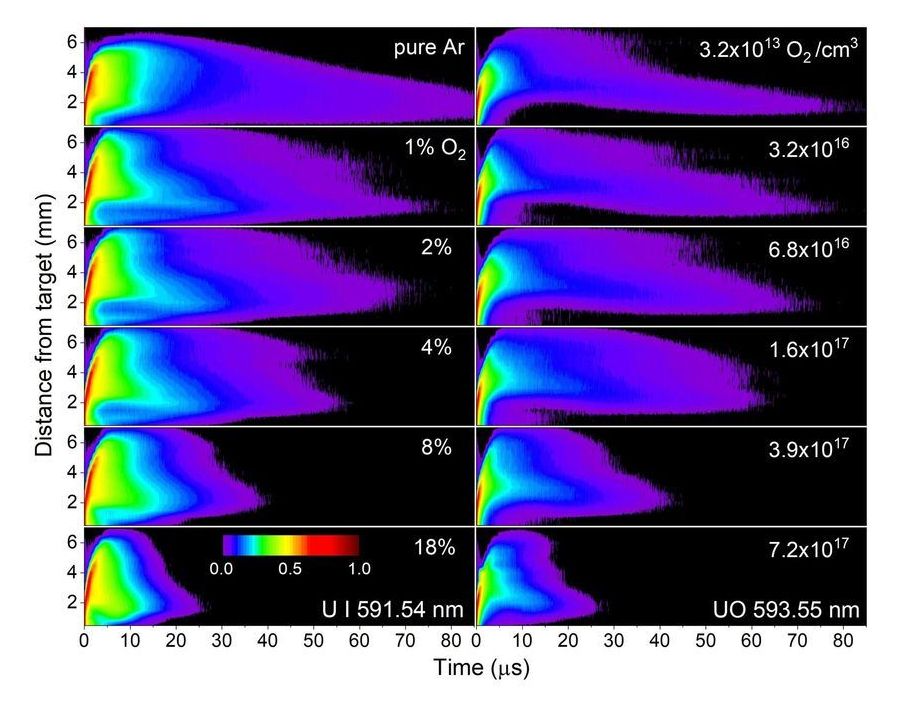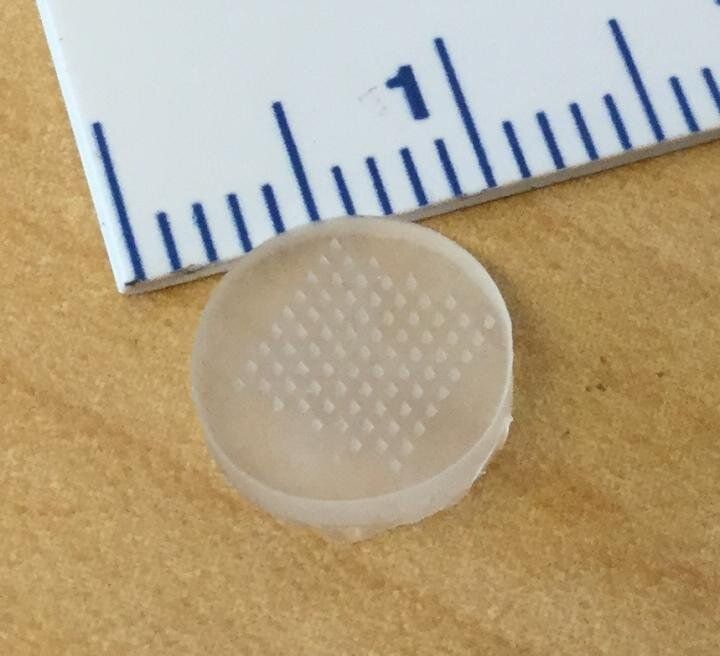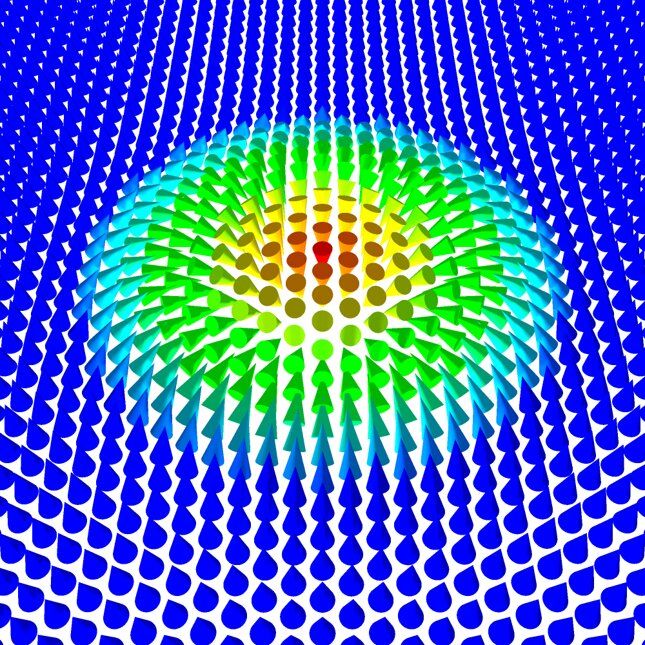Aug 25, 2019
Study provides evidence that loving-kindness meditation slows cellular aging
Posted by Paul Battista in categories: biotech/medical, life extension
In new research published in Psychoneuroendocrinology, scientists have shown that loving-kindness meditation has a positive impact at the cellular level. The study examined how different types of meditation influenced telomere length, an indicator of physiological aging.
Telomeres are the end caps of DNA on our chromosomes, which help in DNA replication and get shorter over time.
“Chronological age and biological age are not identical. The former is measured in years, whereas the latter is often indexed by telomere length,” the authors of the new study explained. “Telomeres progressively shorten with cell division (i.e., aging) in general, but may also be replenished, or lengthened, by the enzyme telomerase.”



